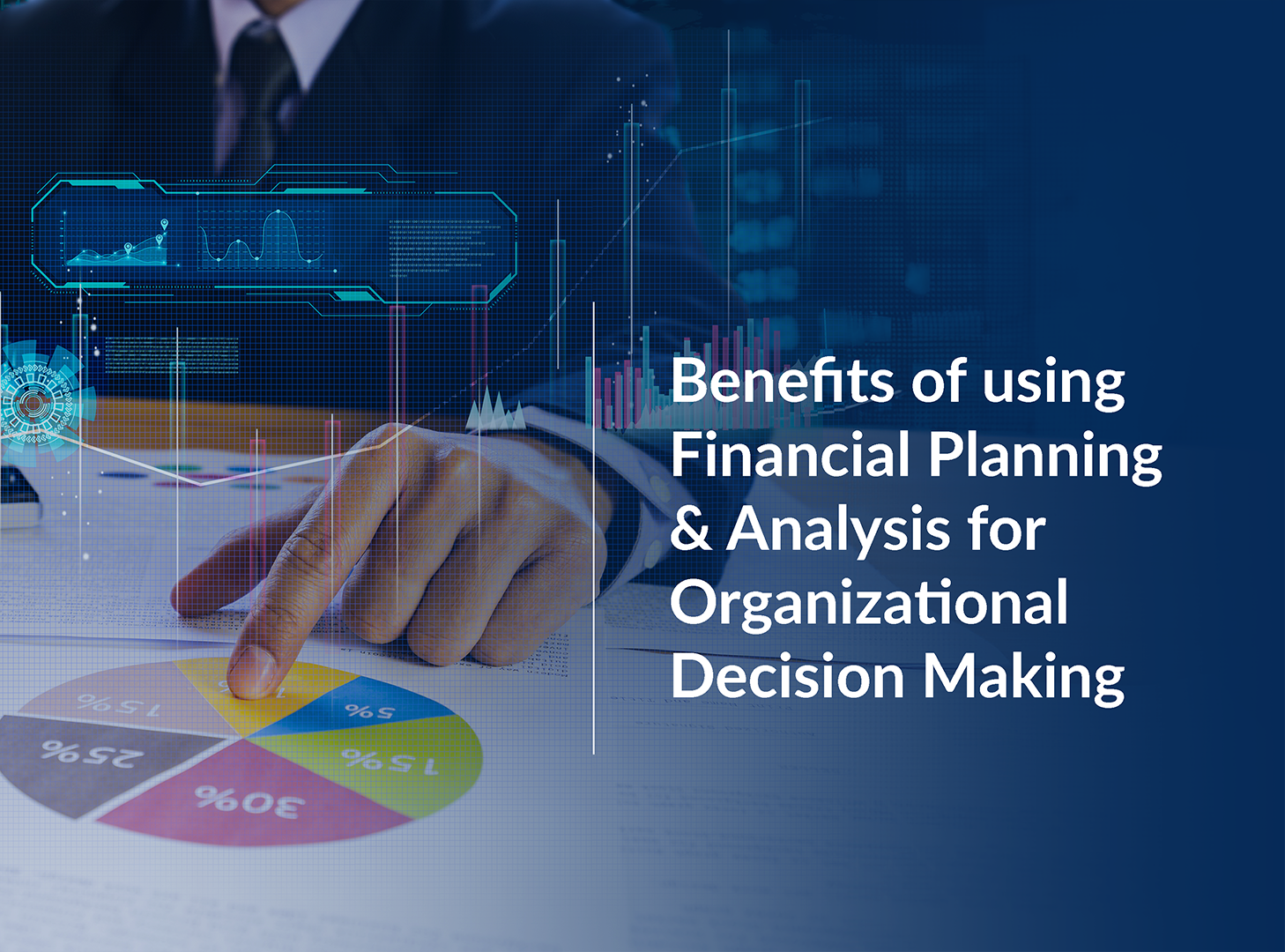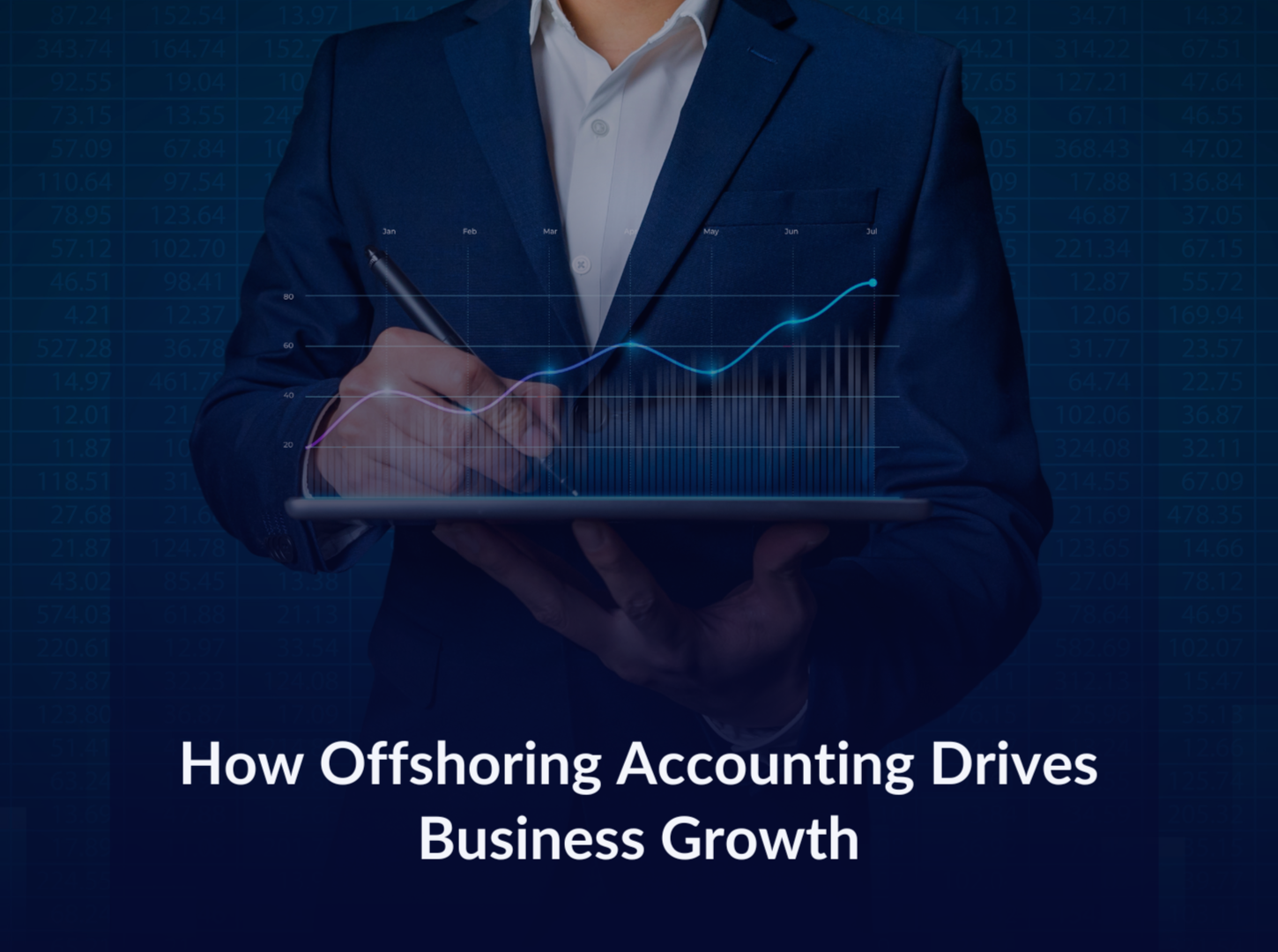In the contemporary business environment, understanding and utilizing data analysis has become a key driver of success across various sectors. It enables organizations to outperform competitors, improve efficiency, and base growth on solid, data-driven decisions. Financial Planning and Analysis (FP&A) further solidifies this foundation by steering strategic choices through meticulous financial scrutiny, forecasts, and insights, ensuring alignment with corporate ambitions.
In this blog, we set out to explore the dynamic interplay between FP&A and data analysis, uncovering how their combined force can propel organizations forward. By enhancing forecasting precision and revealing critical data insights, we’ll see how integrating these domains fosters a more successful, data-informed organizational strategy.
Understanding Financial Planning and Analysis (FP&A)
- Financial Planning and Analysis (FP&A) is crucial for strategic decision-making, involving budgeting, forecasting, reporting, and variance analysis.
- FP&A translates financial data into actionable insights, assessing past performance and predicting future outcomes.
- It empowers organizations by providing clarity to financial data, uncovering trends, opportunities, and mitigating risks.
- FP&A enables proactive decision-making aligned with long-term goals, helping organizations adapt to market changes effectively.
Key Significance of Using FP&A for Data Analysis
1. Contextualization: With FP&A, you can add financial context to your data, allowing you to understand the impact of financial factors on your organization’s performance and decision-making.
2. Scenario Planning and Forecasting: FP&A enables you to anticipate various scenarios and forecast potential financial outcomes, helping you make proactive decisions to navigate uncertain circumstances.
3. Risk Management: By leveraging FP&A, you can identify and mitigate financial risks, safeguarding your organization against potential threats to its financial stability and success.
4. Performance Measurement and Improvement: FP&A facilitates the measurement of financial performance metrics and helps pinpoint areas for growth and improvement, enabling you to optimize your organization’s operations.
5. Cost Efficiency: Through FP&A analysis, you can optimize resource allocation, identify cost-saving opportunities, and streamline expenses, leading to increased cost efficiency and improved profitability.
6. Stakeholder Communication: FP&A provides you with effective tools and insights to communicate financial data clearly and persuasively to stakeholders, fostering trust and confidence in your organization’s financial management.
7. Alignment with Business Strategy: FP&A ensures alignment between financial planning and your organization’s overall business strategy, enabling you to make strategic decisions that support long-term goals and objectives.
Combining FP&A and Data Analysis
1. Data Collection and Preparation
- FP&A’s role in data identification: FP&A plays a pivotal role in identifying relevant financial data sources within the organization, ensuring that data collected aligns with strategic objectives and financial goals.
- Data cleaning and transformation by data analysts: Data analysts work alongside FP&A professionals to clean, organize, and transform raw data into usable formats, ensuring accuracy and consistency for analysis.
2. Financial Modeling and Forecasting
- Building financial models with FP&A: FP&A specialists leverage their expertise to construct robust financial models that simulate various scenarios and forecast future outcomes, providing insights into the organization’s financial health and potential growth trajectories.
- Data analysis supporting modeling efforts: Data analysts support FP&A in model-building by conducting in-depth data analysis, validating assumptions, and refining models based on historical trends and predictive insights.
3. Performance Analysis and Reporting
- FP&A’s analysis of financial performance: FP&A conducts thorough analysis of financial performance metrics, such as revenue, expenses, and profitability, to assess the organization’s overall financial health and identify areas of strength and improvement.
- Data visualization and storytelling by data analysts: Data analysts use visualization tools and techniques to present FP&A’s findings in a clear and compelling manner, enabling stakeholders to understand complex financial information and make informed decisions.
4. Scenario Planning and Decision Making
- Developing alternative scenarios with FP&A: FP&A collaborates with key stakeholders to develop alternative scenarios and contingency plans, exploring potential impacts on financial outcomes and strategic objectives.
- Data analysis providing insights for informed decision-making: Data analysis provides valuable insights and quantitative support to inform decision-making processes, helping stakeholders evaluate the potential risks and benefits of different scenarios and make informed choices aligned with organizational goals.
Benefits of Using FP&A and Data Analysis Together
1. Improved accuracy and reliability of financial forecasts: By integrating FP&A with data analysis, organizations can enhance the accuracy and reliability of their financial forecasts, reducing uncertainty and enabling more confident decision-making.
2. Deeper understanding of financial performance drivers: The combination of FP&A and data analysis provides a comprehensive understanding of the factors driving financial performance, allowing organizations to identify key drivers and optimize strategies accordingly.
3. Identification of hidden trends and patterns in financial data: FP&A, coupled with data analysis techniques, enables the identification of hidden trends and patterns within financial data, uncovering valuable insights that may not be apparent through traditional analysis methods alone.
4. More informed decision-making based on data-driven insights: By harnessing the power of FP&A and data analysis, organizations can make more informed decisions based on data-driven insights, minimizing guesswork and maximizing the likelihood of successful outcomes.
5. Enhanced communication and collaboration between finance and other business units: Integrating FP&A with data analysis fosters improved communication and collaboration between finance teams and other business units, as data-driven insights are shared more effectively across the organization, leading to better alignment and coordination of efforts.
Conclusion
In summary, the integration of Financial Planning and Analysis (FP&A) with data analysis presents a formidable alliance, significantly enriching organizational decision-making, refining financial forecasting, and revealing critical insights hidden within financial data. This synergistic relationship empowers organizations to not only sharpen their competitive edge but also to navigate towards their strategic goals with enhanced efficacy.
However, as organizations leverage this powerful synergy, the imperative of embedding ethical considerations into every facet of data analysis and FP&A cannot be overstated. Upholding data privacy, integrity, and security is paramount to preserving trust and maintaining the integrity of financial decisions. Looking ahead, the realm of data analysis and FP&A is poised for continuous transformation, driven by technological advancements and the expanding volume of data. To thrive in this dynamic environment, organizations must remain agile, adopting innovative methods to harness data’s full potential for astute decision-making and sustained growth.




